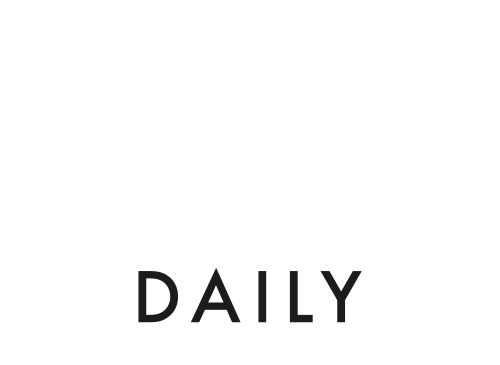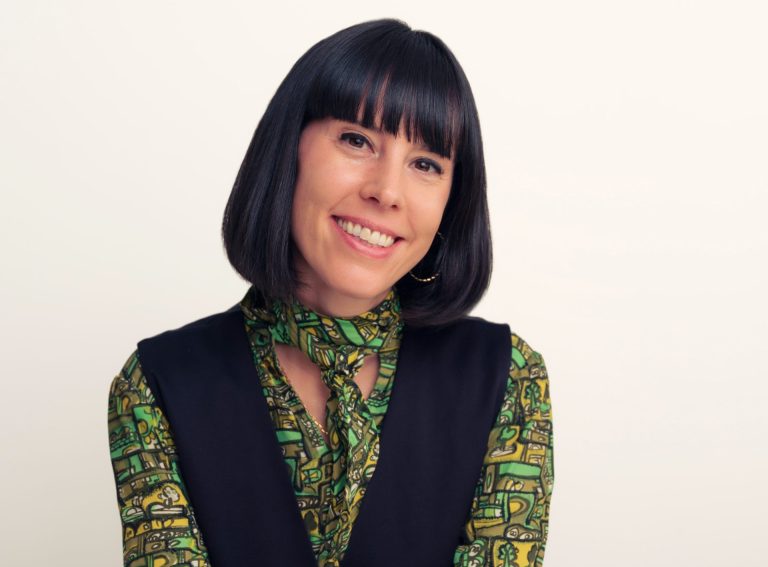Sync Motion, a new venture by VROEGH Design, seeks to revolutionise mobility development by empowering OEMs and operators to execute design and engineering activities without the need for hiring, training or maintaining additional personnel.
The unique subscription model has been developed in response to the challenging market conditions, where many companies are forced to make budget cuts, yet still need to complete essential R&D work. Mobility brands are facing increasingly complex development requirements, while their internal teams are under pressure to update their skills amidst these financial constraints.
“Currently, VROEGH Design offers project-based development which involves setting the scope of the project, budget, planning, and deliverables. This is the typical design agency approach and is well-suited for projects where the endpoint is definable,” says founder Bob Vroegh to Zag Daily. “However, this approach loses efficiency and its power in the execution of smaller or day-to-day tasks. There is a growing demand for task-based collaborations, and Sync Motion is the new business created to meet this niche.”
Having been in the works for the past six months, the “game-changing concept” for mobility companies has had successful trials with several separate clients and is now ready for launch.
Flexible service: tasks & roles
Sync Motion offers a wide range of services to its clients, either through defined tasks or the option to hire an expert for a specific role.
An example of a task could be adjusting an existing cargo bike design for a new mid-drive, developing the locking and docking mechanism for an e-bike battery, or conducting an ideation brainstorm for a new kick scooter. Alternatively, hiring a role might involve bringing on a project engineer for a few months or engaging a project manager to streamline a project with tasks defined on an as-needed basis.
Sync Motion operates on a subscription basis, allowing clients to sign up for a minimum of six months with a set number of hours per month. During these hours, clients have the flexibility to choose the tasks or roles they need, mixing and matching according to their requirements. “Our clients have access to a broad set of R&D skills that they can utilise,” explains Vroegh. “They can instantly extend their team, improve their capabilities or temporarily add to their workforce without going through a lengthy hiring process.”
Responding to industry demands
VROEGH Design has seen that the development of new mobility solutions is becoming harder as the industry evolves, with firms needing larger and more skilled teams to deliver on projects. Meanwhile, finding the right people with the right skillset is a challenge, which is where Sync Motion can prove valuable. “We want to offer R&D services in a flexible way that helps mobility providers with development,” says Vroegh. Through Sync Motion, VROEGH Design is building an R&D community of talented experts with extensive knowledge in all aspects of micromobility design. He adds. “We are building a network that makes R&D easier for mobility brands and speeds up development and innovation.”
Driving change
Given the current state of the economy and the new mobility industry, Vroegh feels that R&D projects should not be conducted on a project basis. Recent bankruptcies and redundancies are evidence of the challenging business ecosystem, but the option of a flexible partner can help firms avoid the risk of hiring new people on a permanent basis.
“I am concerned that the lack of this sort of service will slow down the development of micromobility,” Vroegh argues. “Companies need to remain competitive and as the sector matures due to growing consumer demand, the product quality needs to improve with rising expectations.”
Relatively high interest rates are also placing a strain on the new mobility sector, as this limits the capacity of companies that are reliant on external funding to develop and become profitable. “We have tested the concept successfully with a few clients over a six month period,” adds Vroegh.
Cutting costs
Another advantage of the Sync Motion model is that by reserving hours, clients are able to keep development costs down because they are only being charged for specific tasks or roles. The minimum subscription is to allow the client to take advantage of Sync Motion team’s skills and expertise throughout each stage of development.
“In two months you can complete one phase of the design process but not the whole cycle,” says Vroegh. “Previously, a mobility brand would need to employ all the different expertises necessary to complete this cycle, but with Sync Motion they will have a dedicated project manager and then several different experts executing each phase of the process for a lower cost.”
Vroegh believes that Sync Motion is unique due to it being so low risk for the subscriber, while also offering clients access to a broad range of skills and industry experts.
“After ten years of running VROEGH Design, we noticed a need for tailored and flexible R&D services,” he says.
“Sync Motion can focus on the daily tasks that OEMs need support with and perhaps lack the expertise or numbers to complete.”





